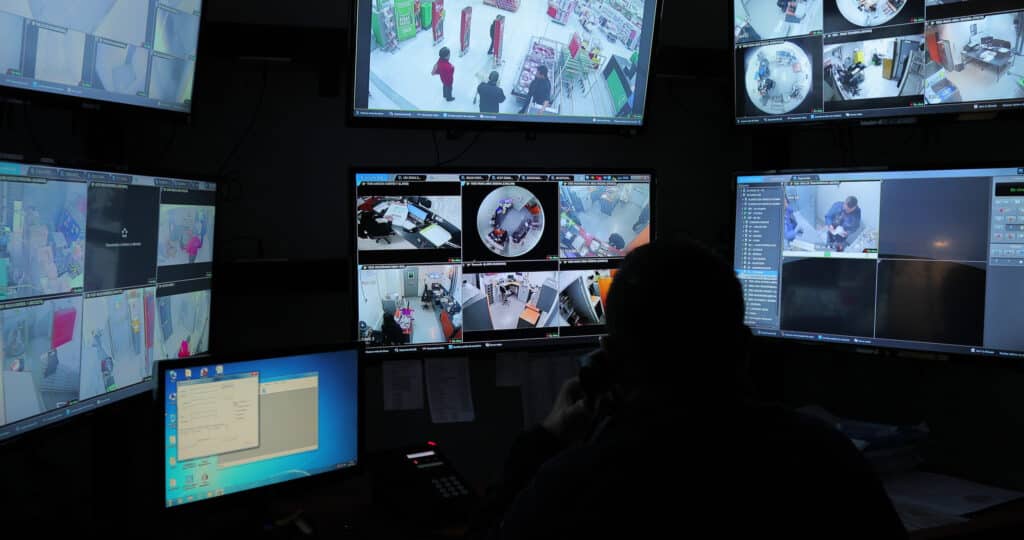This special blog by Ben Durrant, Account Executive at Genetec, explains the importance of clear and effective communication in a crisis, and how situational awareness can be enhanced via communication systems, while improving staff efficiencies.
In the past, intercoms and telephones were primarily the domain of IT specialists. More recently, organisations have begun to realise the importance of integrating audio capabilities as a fundamental element of their physical security strategy. The latest advances in audio technology offer a transformative way to improve communications and situational awareness, streamline procedures, and control costs.
Enhancing situational awareness through communication systems
In an emergency, communication is fundamental. Real-time integration of calls, intercom communications, and data from cameras and sensors enhances situational awareness. Thus, teams can have a more effective response to security challenges.
Furthermore, unified physical security platforms allow companies to manage, monitor, and control communications along with their other security software and systems. Security officers can handle incoming calls and grant or deny access within the same platform they use for video surveillance, access control, and other security technologies.
For example, if an urgent threat to safety is identified through video surveillance, guards can immediately trigger a public announcement. Audio communication technology can help them quickly coordinate an evacuation or shelter-in-place, depending on the circumstances. The ability to manage everything in a unified way allows security guards to work more efficiently.
Improve staff efficiencies
Unifying your audio communication also provides some cost efficiencies and streamlines staff training. If high staff turnover is an issue, having only one system to learn makes onboarding new team members easier. Likewise, systems with digital standard operating procedures (SOPs) make it even faster for new guards to get to work.
Digital SOPs can even automate specific actions to save time. Team members have all the appropriate steps right at their fingertips. There’s no time wasted. Actions such as initiating a call to 911 when a panic button is pushed or triggering a public announcement when certain conditions are met can be programmed to occur automatically.
Consider mobile applications
Modern communication management systems can include a mobile application. Officers don’t need to stay at their desks to use the system. They may do so on their mobile device. Tasks such as viewing surveillance systems, responding to calls, or checking alerts can even be done if they’re out on patrol.
Imagine a scenario where a security officer is out in the field conducting routine inspections of a large commercial building. Suddenly, an intercom call comes in from the building’s entrance gate, but the officer isn’t near their desk. In this situation, mobile integration is critical. Using a mobile device, the security officer can answer the intercom call and communicate with the person at the gate, even remotely unlocking it if needed.
Look for solutions with versatile applications
Organisations are just beginning to explore the vast potential of unified communication management technology. Modern communication management solutions also offer a variety of features to enhance physical security.
For example, audio messages can be typed out in multiple languages, pre-recorded, and automated. Typing out a message for playback has several benefits. Listeners hear the same voice on the loudspeaker each time, providing a sense of familiarity and consistency.
Messages can also be automated based on one or multiple triggers with conditions for one or multiple actions. For example, video analytics can be used to detect long lines in a busy environment such as a stadium. If the system detects a too-long line, it can alert staff to open another gate and broadcast an announcement letting people know they can move to a shorter line, thereby improving operations and the customer experience.
Flexibility, compatibility, and scalability
Open architecture and compatibility with various devices and brands offer security professionals flexibility in designing security systems based on budget, features, and specific needs. You’ll be able to mix and match your selection of hardware and scale your system as your needs evolve.
This approach may also allow the re-use of some existing hardware, so you don’t have to rip and replace all devices and cabling when upgrading your system.
Audio is key for comprehensive security
By integrating audio with video surveillance and access control, you add the missing piece of context to security operations. When someone rings an intercom or initiates a public announcement on a paging zone that includes speakers or security attendants, the operators receive not only the video feed but also the audio, offering a more comprehensive understanding of the situation. It also enables them to ask follow-up questions or engage in a conversation to clarify the situation and respond appropriately.
This enhanced context provided by unifying audio creates a collaborative environment to strengthen your organisation’s security. Incorporating audio technology within modern security systems isn’t just a nice-to-have feature but one that will soon become as foundational as video.
For more Genetec news, click here





